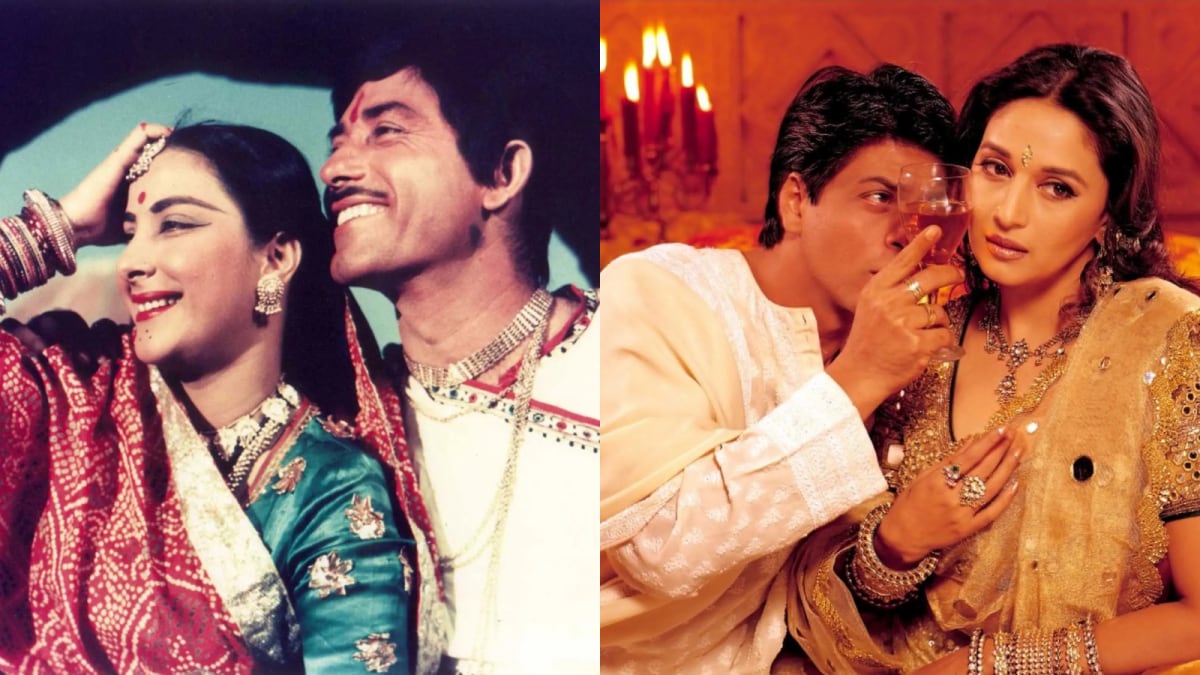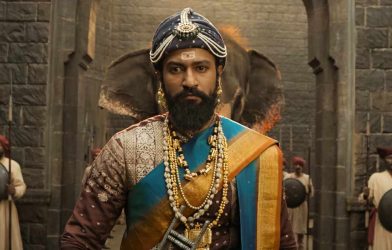Last Updated:
The Academy Museum in LA will screen 12 iconic Indian films from March 7 to April 19, showcasing India’s cinematic brilliance.

The Academy Museum to screen 12 Indian films.
In a major boost for Indian cinema, the Academy Museum of Motion Pictures in Los Angeles will screen a curated list of 12 iconic films. The screenings will be held between March 7 to April 19. The initiative is a part of a guest program, Emotion in Colour: A Kaleidoscope of India, highlighting the country’s cinematic brilliance on a global platform.
Several critical and commercially successful films from over the years will be screened at the special event. The selected works include Mother India, Manthan, Amar Akbar Anthony, Ishanou, Kummatty, Mirch Masala, Devdas, Dilwale Dulhaniya Le Jayenge, Jodhaa Akbar, Kanchenjungha, Maya Darpan, and Iruvar. Here’s the screening schedule:
| DATE | FILM TO BE SCREENED |
| March 7 | Mother India |
| March 10 | Manthan |
| March 10 | Amar Akbar Anthony |
| March 11 | Ishanou |
| March 14 | Kummatty |
| March 18 | Mirch Masala |
| March 20 | Dilwale Dulhaniya Le Jayenge |
| March 22 | Devdas |
| March 31 | Jodhaa Akbar |
| April 5 | Kanchenjungha |
| April 8 | Maya Darpan |
| April 19 | Iruvar |
The film setlist has been carefully curated by filmmaker and preservationist Shivendra Singh Dungarpur, the founding director of Film Heritage Foundation, a not-for-profit organisation dedicated to preserving India’s cinematic legacy.
An excerpt from his note on The Academy Museum’s website read: “Most Western audiences are not aware of the sheer breadth, depth, and diversity of Indian cinema, with six major geographically and linguistically different film industries making over 2,000 films in Hindi, Tamil, Telugu, Kannada, Malayalam, and Bengali every year—not to mention a multitude of films in different languages and dialects made in virtually every corner of the country.”
“This selection of films represents the many hues and emotions of Indian cinema across eras, regions, languages, and genres: from the grandeur of period epics to feminist rebellion in colonial times; from the churning of change and hope of a country newly born to political drama; from romance and escapism to serious contemplations of society in experimental and Parallel Cinema,” it added.









